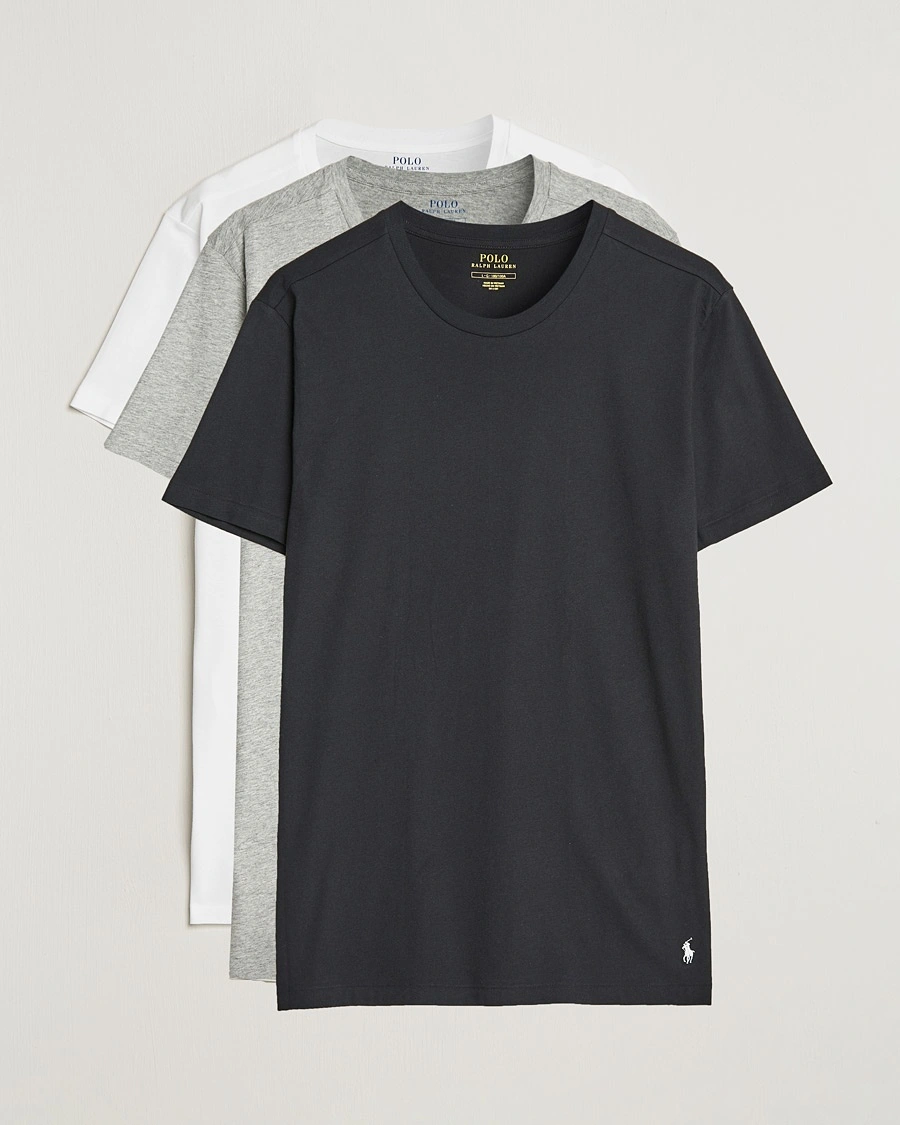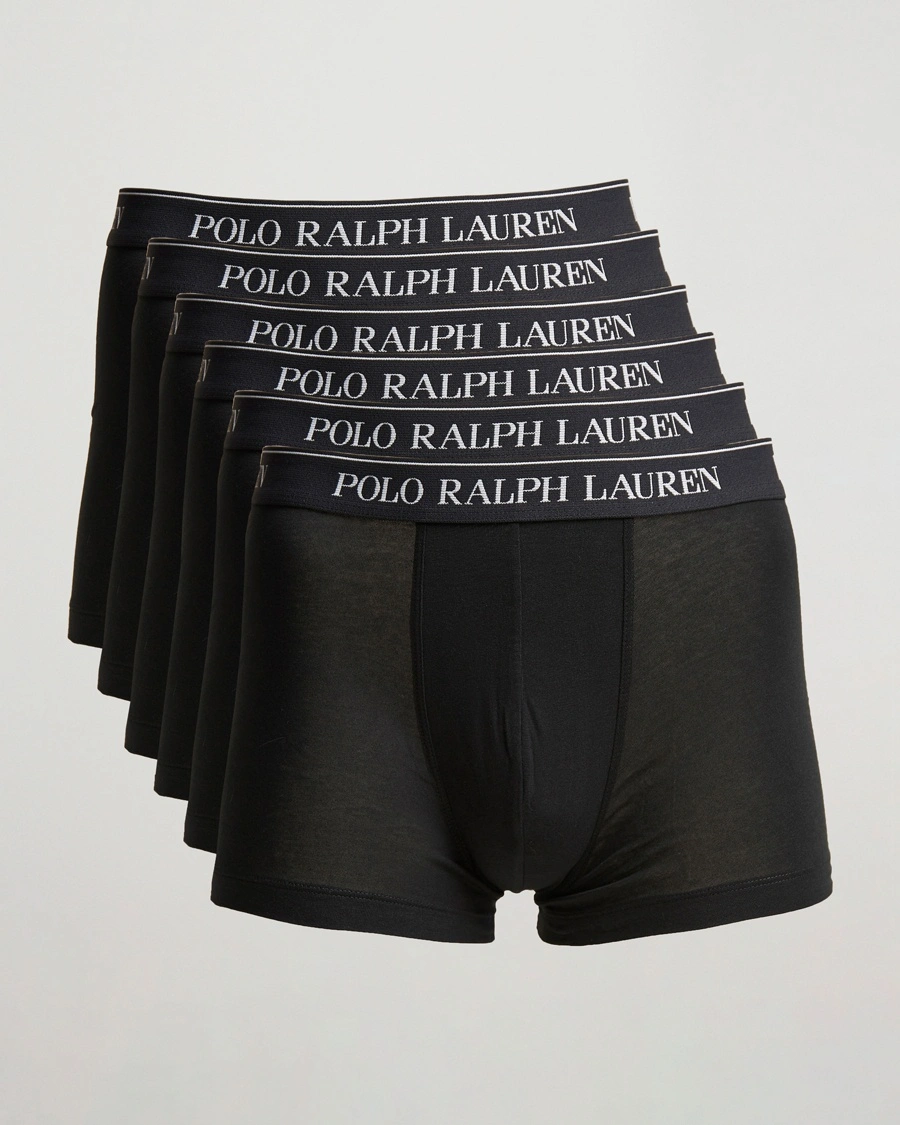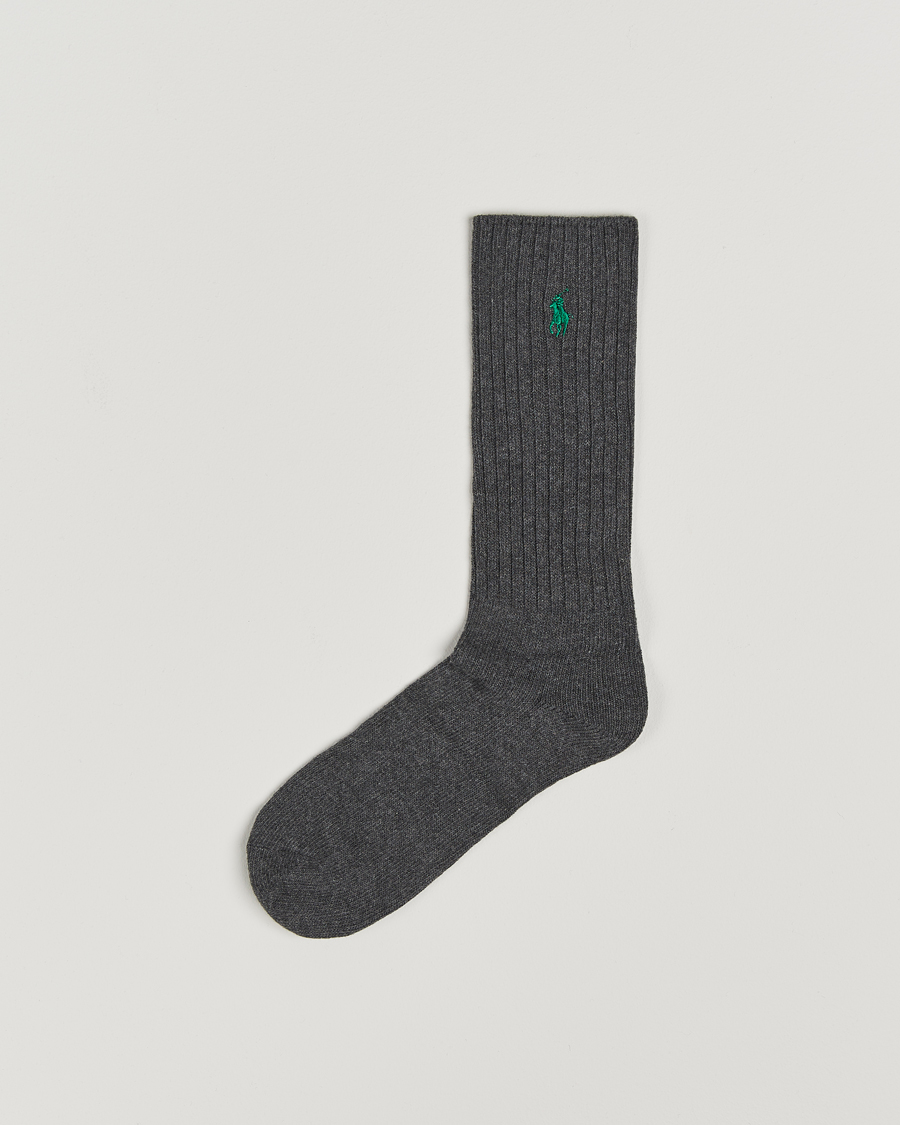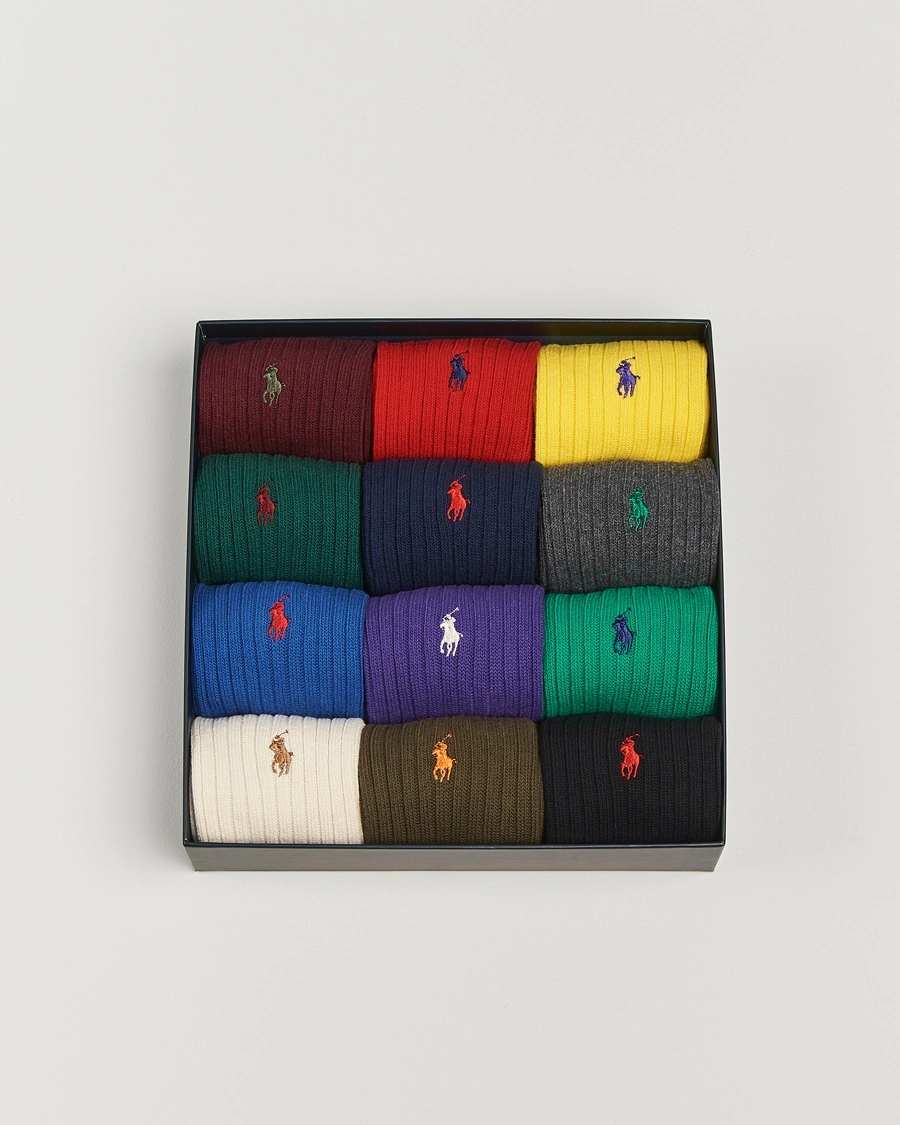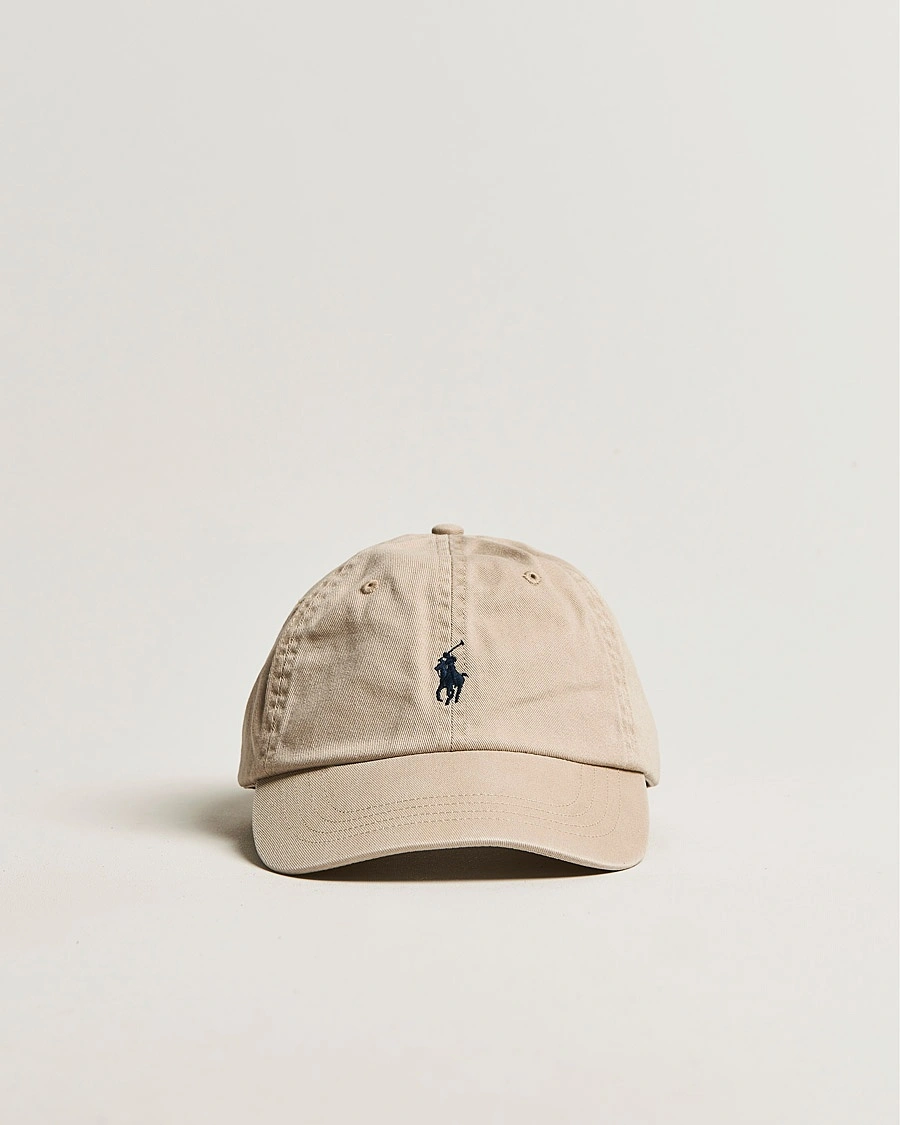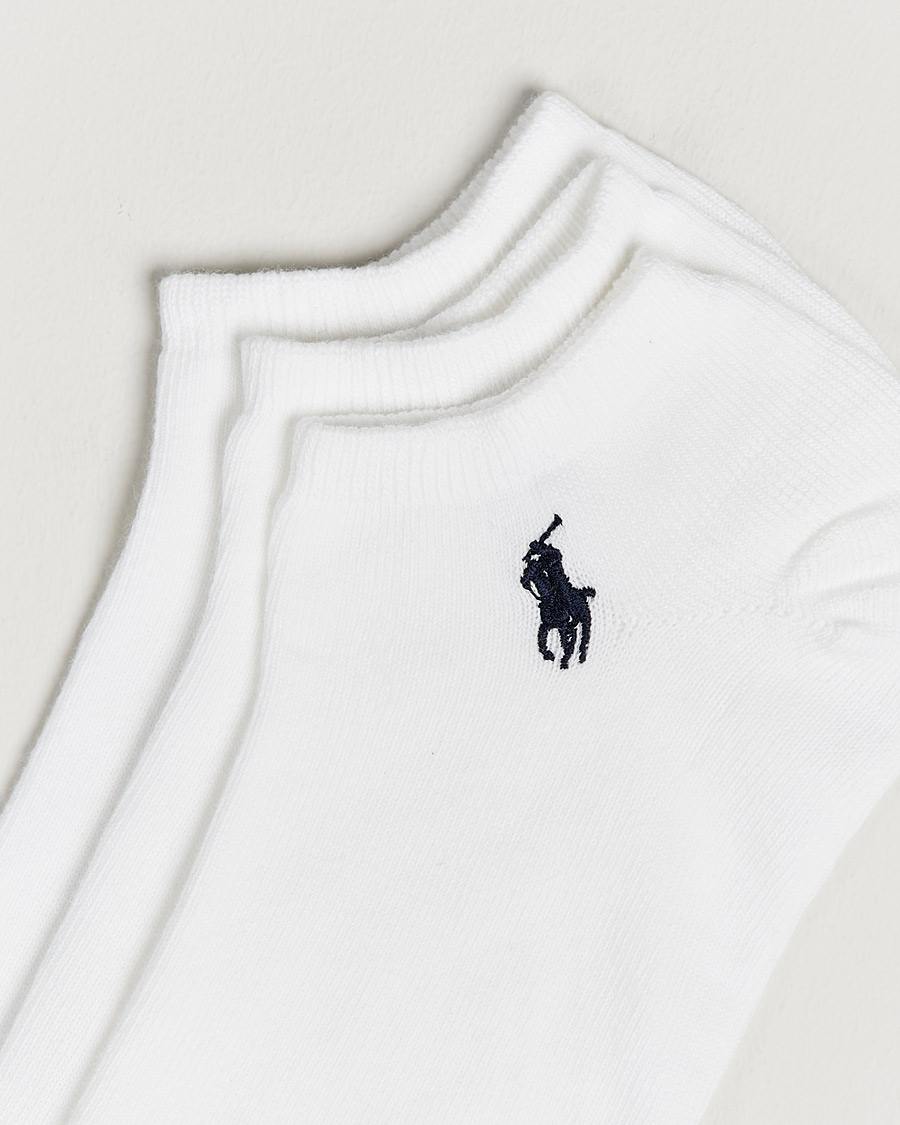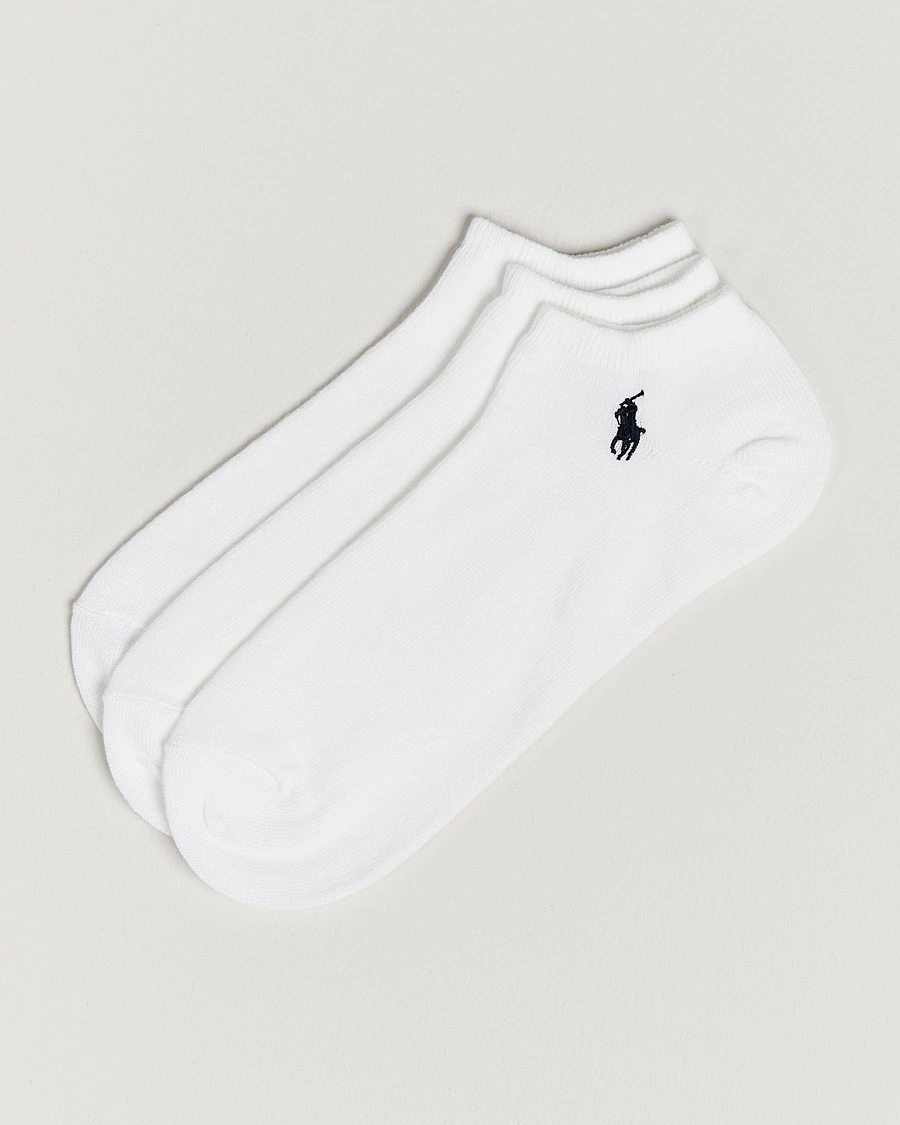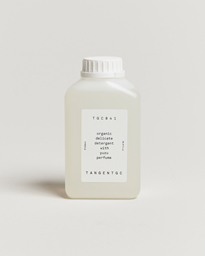
How to care for and store knitwear
Text & Photo: Care of carl team
Published 2024-08-17To begin with, a wool garment is largely self-cleaning and relatively dirt-repellent. This means that you do not have to wash it as often, but it may be enough to air the garment from time to time. Why, you may be wondering? To explain it all, we need to go down to the microscopic fibre level and study what a wool fibre looks like. Unlike many other materials, the wool fibre has a scale-like structure which means that the fibres easily hook together and that dirt is more easily transported out to the surface of the garment.
The surface layers of the fibres, which are covered by the fat: lanolin, a fat that is naturally produced by the sheep, also helps to make the garments moisture and dirt repellent.
When the wool fibres are covered with the fat lanolin, you should avoid washing with grease-dissolving detergent, as these can destroy the garment's natural self-cleaning properties. Instead, we recommend using a detergent intended for wool.
Wash seldom
It's advisable to wash your wool garment sparingly. It may be sufficient to wash it once a year or when the sweater is dirty or has a bad odour.
Air your wool sweater
Often, airing your wool garment is enough to freshen it up. This saves water and prevents the fibres from wearing out.
Brush
If your sweater is only lightly dirty, use a clothing brush to remove the dirt. This helps avoid over-washing.
Spot treat
Treat any stains using a cloth, detergent, and lukewarm water. The wool-on-wool method can work for removing smaller stains. Gently rub a part of the fabric against the stain.
Wash woolen garments
Washing by hand is probably something that many people aren’t drawn to and see as a pain. However, it is always the safest way to wash a woollen garment. Even more gentle wool programs on the washing machine can work well to use in lower temperatures, but there is a risk that the garments will begin to feel less soft and shrink more easily if you use machine washing. This is because the machine gives a more mechanical wear on the garment, something that can lead to the fibres hooking up more. Therefore, we always recommend that you, if you are worried about your garment, wash it gently by hand.
- Soak the garment in cold water with a delicate detergent and wash gently.
- Unbutton any buttons and close zips.
- Separate your wool sweater from other garments and colours to preserve the quality.
- Wash in cold water, as hot water can shrink the fabric and negatively affect the fibres.
- Use a delicate detergent, preferably one for wool.
- Avoid fabric softener as it can damage the fibres.
Dry the garment
- Avoid tumble drying. Heat can shrink and damage the fabric.
- Lay the sweater on a towel immediately after washing and gently press out excess water without wringing. Dry flat.
- Do not hang your knitted sweater to dry, as it may lose its shape.
Steam if necessary
If your garment is very wrinkled, you can gently steam it, although it is usually unnecessary.
Fold and store
Knitted woollen garments should preferably be stored folded and lying down. This is because a knitted garment easily elongates if it is stored on a hanger and can take the shape of a hanger.To avoid the garment being eaten by clothes moths, you can put a bag of dried lavender or a block of cedar in the closet, as this type of pest does not like the smell of these. If you do not plan to use the garment for a long time, it may be a good idea to store it in a tightly closed plastic bag or box to avoid pest infestation. If, contrary to expectation, you find clothes moths on the garment, it may be a good idea to put it in the freezer for a week to make sure that they die and can no longer damage your garment.
Think sustainably
- If your wool garment pills, you can use a wool comb or a fabric shaver.
- Repair your garment instead of buying a new one.- If a stitch comes loose, you can easily tuck it back with the help of a needle or crochet hook.
- You can always take the garment to a tailor to repair and restore the sweater.
- If you get tired of your garment, sell or donate it to protect the environment.






